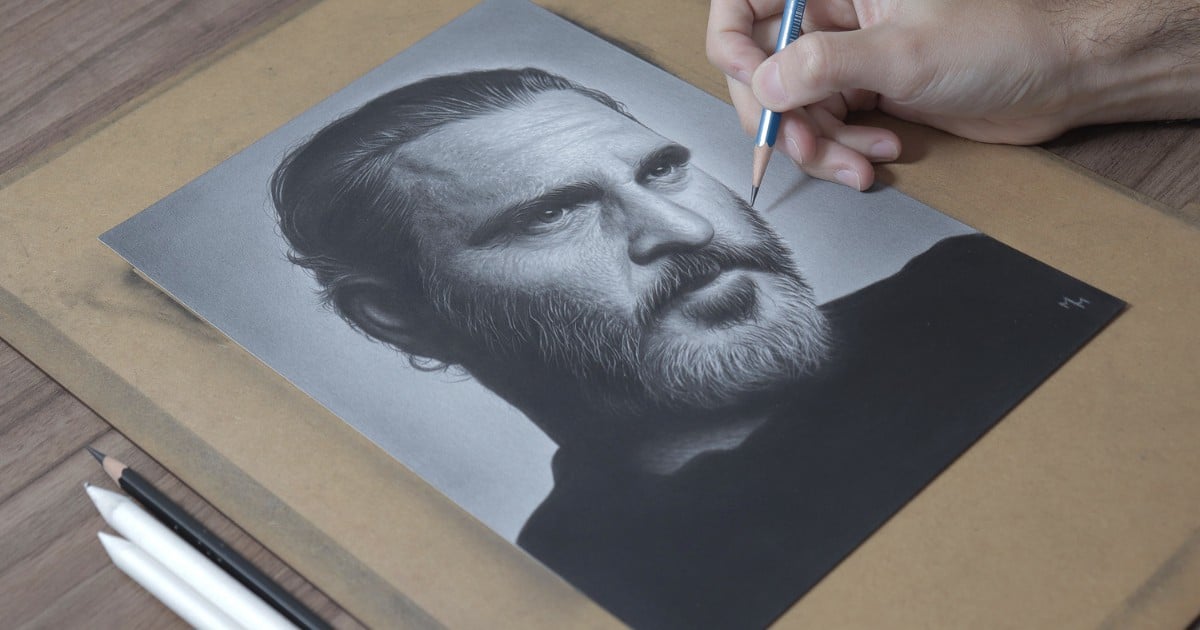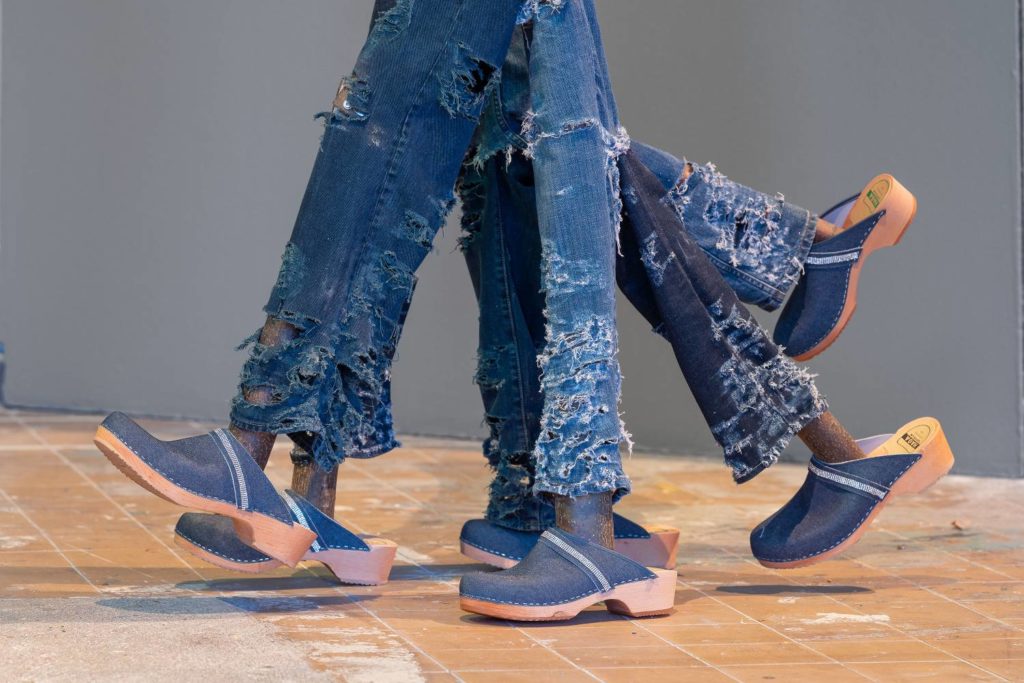How to Improve the World
2021 - Film & Video (Film & Video)
47:00 minutes
Nguyen Trinh Thi
The essay film How to Improve the World by Nguyen Trinh Thi takes us into an indigenous village of the Jrai people in the Central Highlands of Vietnam, in Gia Lai province. It begins with sound – perhaps a hammer, or a gong – the lack of image making its identification difficult. A landscape emerges of an open field where a farmer tends his grazing cow herd. It soon becomes clear that the sounds are actually musical instruments as Nguyen opens a window to the life of Ksor Sep who shares his culture’s knowledge of sound as the primary space of collective memory. From shamanistic ear rituals for children; to the instruction on various notes to play the ting ning (a traditional mini-gong stringed instrument); to the recall of family gatherings, over drinks, in the sharing of khan epic oral-histories: what Nguyen begs us as audience to ponder is the assumed primacy of the image in urban contemporary attitude. Scenes of village life intersperse her conversation with Sep (Christian mass in full hymn-swing accompanied by traditional instrument; men tending to a mass buffalo sacrifice for the spirits of the village dead) as he shares how his dreams with the ‘yang’ spirits are no more (since he began to follow the church); as he recalls the vast plots of land once tended by his forefathers (that are no more because of the Kinh claiming as their own). Sep’s descriptive recall through sound is juxtaposed with Thi’s voice, which asks “your earliest memory is a sound or an image?”; to which her daughter replies “an image”. This observational short film provides stark contrast between the intelligence of sound and sight. Contrasting spiritual rituals with that of smartphone obsessions, revealing the decrease in indigenous practices as modern life beckons values of social progress, what Nguyen stunningly celebrates is the sensorial world of human consciousness, its waning relevance satirically questioned in the title of the piece.
Nguyen Trinh Thi is a moving image pioneer, not only within the landscape of contemporary art in Vietnam, but also broader South East Asia. Her training in journalism, photography and ethnographic studies anchors her artistic commitment to the essay film, a signature method of narrative that she explores in her investigation of perception, often re-working found footage into alternate historical tales of memory. Nguyen’s practice – embracing film, photography, installation and performance – engages various intelligences in its research: from indigenous farmer to shaman, from urbanite to rural farmer, from war archivist to sound specialist. Such interdisciplinary involvement reflects her keen social interest in the function of memory, particularly the presence of absence. In her investigation of: labor and its gendering; the archive and what it does not interpret; perception and the privileging of sight – Nguyen crafts specific tales of contest, her work reflecting a complex web of social relations that begs assumptions of value re-configured.
Colors:
Related works sharing similar palette

© » KADIST
Tanatchai Bandasak
2019Central Region by Tanatchai Bandasak is a meditation on materiality and time-based media centres on the mysterious, prehistoric ‘standing stones’ of Hintang in Northern Laos: little-studied megaliths which have survived thousands of years of political change and the cataclysmic carpet-bombing of Laos by the United States during the Cold War...

© » KADIST
Karan Shrestha
2017After the decade-long conflict (1996-2006) that ended with Nepal becoming a Federal Democratic Republic, political unrest and weak governance continued to mark the country’s future as daily life repeatedly witnessed ruptures...

© » KADIST
Laura Hyunjhee Kim for Neon Was Never Brighter: A Glimpse Into the Future For the first outdoor contemporary art festival in Chinatown, San Francisco, Neon Was Never Brighter: A Glimpse Into the Future , in collaboration with Chinatown Media & Arts Collaborative (CMAC) and curator Candace Huey, KADIST San Francisco co-presents a new performance, Cosmocrane (2022) by Laura Hyunjhee Kim...

© » KADIST
Pichet Piaklin
2021The Wings by Pichet Piaklin is a creation story of fragility, where the desire for freedom is mired in blood red by the inculcation of faith and violence...

© » KADIST
Hyunjin Kim on Frequencies of Tradition Wednesday, April 6, 2022, 7.30 pm at California College of the Arts Hyunjin Kim, KADIST’s former Lead Curator for Asia (2017-2020), will discuss Frequencies of Tradition , the culmination of an eponymous series of exhibitions and programs initiated by KADIST in 2018...

© » KADIST
Edgar Calel
2020The point of departure for Xar – Sueño de obsidiana by Edgar Calel is a poem that the artist wrote in Maya Kaqchikel...

© » ARTS EQUATOR
Singapore Street Art: The Legal Rebels (Part 1) | ArtsEquator Thinking and Talking about Arts and Culture in Southeast Asia ArtsEquator Viewpoints Courtesy of Not Safe For TV June 24, 2020 Artist Sam Lo gained notoriety in 2012 after getting arrested for stencilling the phrase ‘My Grandfather Road’ on a public road...

© » KADIST
Melvin Moti
2015Cluster Illusion examines the brain’s tendency to recognize a pattern as something abstract...

© » MODERN MET ART
Learn How to Draw Realistic Portraits in This Online Class Home / Classes / Academy Discover the Secrets of Drawing Realistic Portraits (Now on Pre-Sale!) By Jessica Stewart on December 5, 2023 Have you ever seen a realistic portrait and wished that you knew how to create something similar? Thanks to My Modern Met Academy's new course, Realistic Portrait Drawing Made Easy , you'll discover all the tips, tricks, and techniques to produce a portrait that looks incredibly real...

© » FLASH ART
Twilight Oddities, Real Nightmares, Queer Errands, and Other Daydreams: The Gothenburg Biennial | | Flash Art Flash Art uses cookies strictly necessary for the proper functioning of the website, for its legitimate interest to enhance your online experience and to enable or facilitate communication by electronic means...










